At a time when men in Iran dismissively referred to women as weaklings, Fakhr Ozma Arghoun sent a lyric poem to a newspaper that posed this poignant question to the male-dominated society: “If weakling be me, then why on my shoulder lies/ the task of nurturing robust men?”
Arghoun was one of the first Iranian feminist poets who made tremendous efforts to reshape and nurture the literature of Iranian women. Even before the famous Forough Farrokhzad she refused to restrict women to their role as homemakers.
Arghoun’s endeavours went beyond poetry. She co-founded the Women’s Patriotic Society and tutored more than 100 Iranian girls on how to fight for their rights. One of those was her own daughter, Simin Behbahani, who went on to become one of the top five contemporary Iranian poets.
Fakhr Ozma Arghoun was born in Tehran in 1898. Her father was a high-level army officer under the Qajar dynasty and her mother, Qamar Khanum Azmat ol-Saltaneh, was the granddaughter of the master of ceremonies at Fath Ali Shah Qajar’s court and military governor of Azerbaijan, himself the son of Amir Hedayatollah Khan Fumani, a famous semi-independent governor of Gilan in the late 18th century.
Educated Like Boys
Azmat ol-Saltaneh believed their daughter should be as literate as their two sons. She and her husband hired two tutors, one Iranian and one French, to educate Arghoun and their two sons at home. The children studied old Persian poetry and texts along with the Arabic language, Islamic jurisprudence (Fiqh), French and modern sciences.
In the early 1900s, after the French Catholic Daughters of Charity of St. Vincent de Paul opened the prestigious Jean d’Arc French School for Girls in Tehran, Arghoun attended and received her graduation certificate there.
She then studied at the Iran Bethel School, an American Presbyterian school run by missionaries, including Jane Doolittle, where she studied music. Her teacher in that subject was a Jewish woman called Jan Mashagh, who taught her the Persian musical scales. During this period Arghoun also came to learn about and sympathise with one of the first Iranian feminist societies, the Mokhadarat Vatan Association.
Arghoun’s career as a teacher began at the Namus School for Girls, which had opened in 1907 under famous Iranian educator Tuba Azmudeh. Arghoun was one of the first women to accept a position there, teaching French and Persian literature. It was at this time that she began to compose her own lyric poetry.
She was 17 when World War II began. Reza Shah Pahlavi had tried to maintain a position of neutrality, but Iran was of strategic importance to the British government and, after a period of tensions, the country was invaded and occupied by Allied forces: the Soviets from the north and the British from the south. This was a bitter event for a young, sensitive girl like Arghoun, and many of her poems were written as a response to it.
One of the poems begins with the verse: “Fill the country with tulips grown in the blood of traitors/ a river of blood must flow from every side of the country.” Arghoun sent it to the newspaper Eghdam and its editor Abbas Khalili invited the composer of this revolutionary poem to see him. Their meeting not only led to a long collaboration between Arghoun and the newspaper, but also to her marriage to Khalili in 1924. They had a daughter, Simin Behbahani.
Arghoun joined the radical Patriotic Women's Society, which was established in 1922 and would become one of the most active organisations in the Iranian women’s rights movement, as a co-founding member.
Her marriage to Khalili lasted until 1931. After her divorce, while still teaching at schools in Tehran, she began to write for the newspaper Ayandeh Iran (Future of Iran). In a strange turn of events, her appointment at this newspaper also led to her subsequent marriage to its editor, Adel Khalatbari. They had three children together: Adelnejad, Adeldokht (also known as Taraneh Sohrab) and Adelfar.
“Unveiling” Women’s Rights
After Reza Shah Pahlavi banned hijab in 1936, a new committee for women’s affairs, Kanun-e Banovan (Women’s Society), was established to bring together various women’s groups and prepare Iranian women for unveiling. Arghoun was an active presence on the committee and was one of the first to give numerous speeches on women’s rights under its banner, encouraging women to fight for the right to education and suffrage.
She also launched Majaleh Banovan (Women’s Magazine), one of the pioneering journals that appeared after the unveiling decree, and composed poems that called for equal rights for women.
Arghoun also played a key role in the establishment of schools for girls. She taught French and was a Ministry of Education officially-sanctioned teacher, working for years at Namus, at the teacher training center Dar al-Moalemat (House of Teachers) and at Nobavegan (Teenagers) High School.
In her poems she enthusiastically encouraged women to study. One reads: “A woman’s beauty lies not just in curly hair / neither a face like flower, nor a mouth like blossom / Neither skirt of silk, nor a dress of Crepe Georgette / neither shining shoes, nor plaited dress / A woman’s beauty lies in her truth and piety / such a woman shines everywhere like a candle / You Zephyr, ask men on my behalf / why should weakling be my name in this country?/ If weakling be me, then why on my shoulder lies/ the task of nurturing robust men? / You woman, try to wear the dress of knowledge / beautiful is the time when you wear this dress.”
Following the re-occupation of Iran by the Allies in August 1941, Arghoun joined the Democratic Party of Iran and continued to press for the advancement of women’s rights along with other activists.
She retired in 1958 and moved to the United States to be nearer her children, and died in 1966. In accordance with her will she was buried in the Ibn-e Babvieh graveyard, south of Tehran. She left behind hundreds of educated and inspired girls and two poet daughters, Simin and Taraneh, as well as more than 150 lyric, quatrain and elegy poems that were published in the newspapers of her time.
visit the accountability section
In this section of Iran Wire, you can contact the officials and launch your campaign for various problems




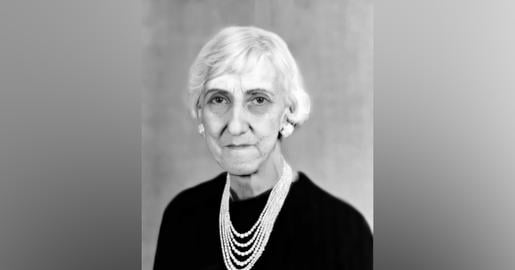
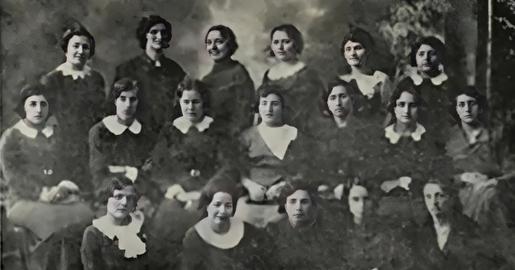





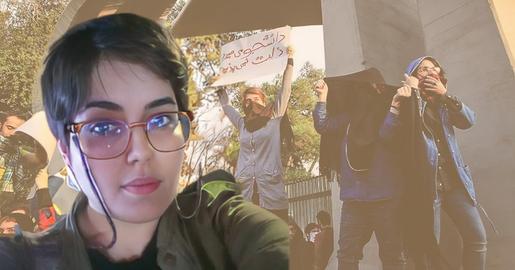





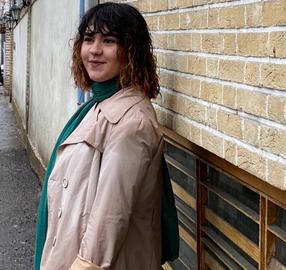
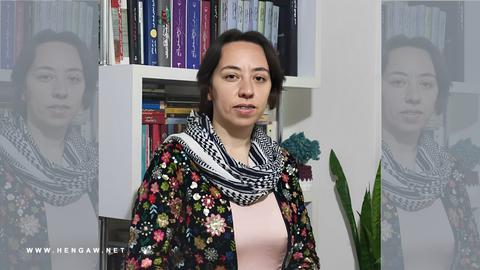


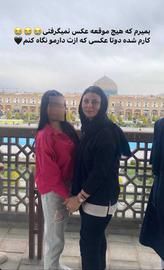

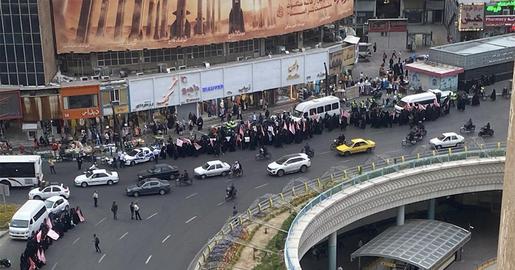
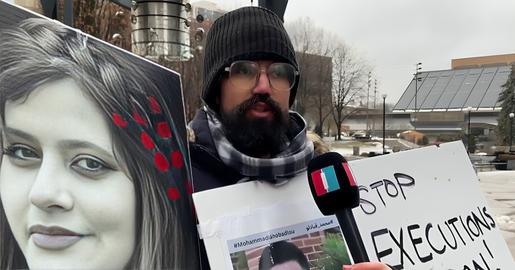
comments